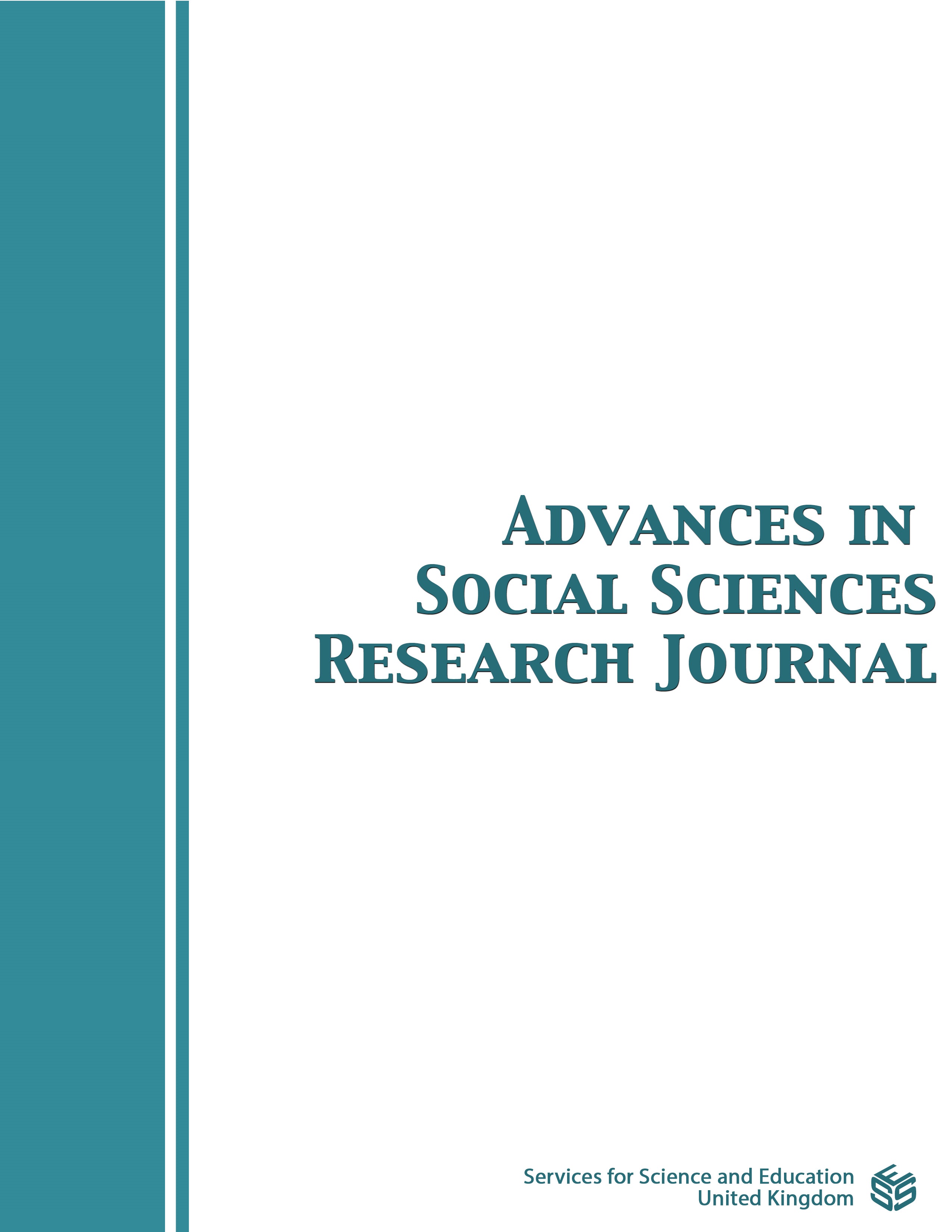The Effects of School Groupings on Student Performance in the Kenya Certificate of Secondary Education Exam: A Classification Tree Approach
DOI:
https://doi.org/10.14738/assrj.116.16997Keywords:
Classification tree, Kenya Certificate of Secondary Education (KCSE), Student Performance, residential statusAbstract
This exploratory study aimed to investigate the factors affecting the academic performance of secondary school students in Kenya. The 2011 Kenya Certificate of Secondary Education (KCSE) performance data from 26,067 female and 41,261 male students from 1,162 secondary schools in the Nyanza Region were analyzed. Academic performance was assessed based on whether students achieved a minimum grade (C+) for university admission. Using a data mining technique called Classification Tree (CRT), the study explored the influence of school groupings and gender on student performance. The results showed that school residential status (normalized importance=100%) was the most important predictor, followed by school type (normalized importance=95%), school size (normalized importance= 93%), and school designation (normalized importance=84%). Gender (normalized importance=2%) of the student had no effect on student performance. The final CRT accurately classified 93.7% of the students below the C+ grade threshold and 41.2% of the students at or above the C+ grade, yielding an overall classification accuracy of 76.7%. These findings provide valuable insights for educators and policymakers aiming to enhance educational outcomes in secondary schools.
Downloads
Published
How to Cite
Issue
Section
License
Copyright (c) 2024 Christine Ouma

This work is licensed under a Creative Commons Attribution 4.0 International License.
Authors wishing to include figures, tables, or text passages that have already been published elsewhere are required to obtain permission from the copyright owner(s) for both the print and online format and to include evidence that such permission has been granted when submitting their papers. Any material received without such evidence will be assumed to originate from the authors.






